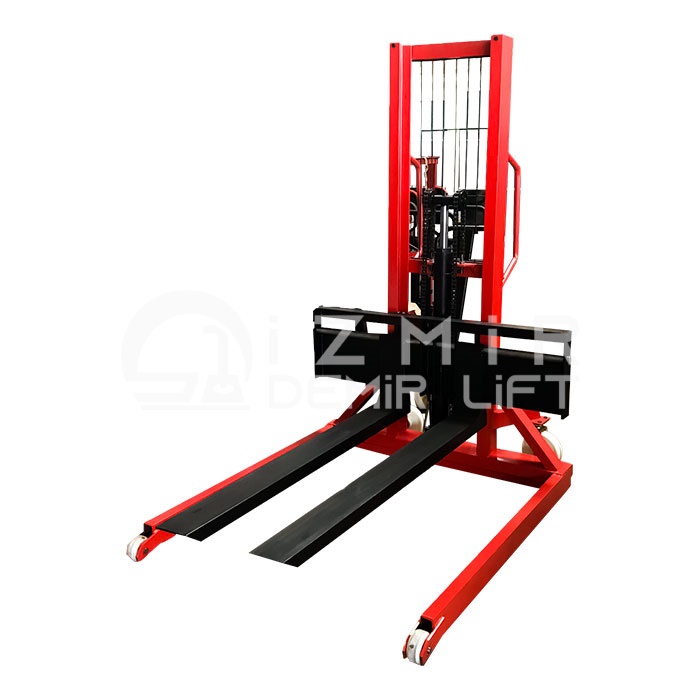
Efficient inventory management in warehouse operations is a key factor in business success. Proper inventory management ensures the efficient use of materials, reduces inventory costs, and increases customer satisfaction. Here are some tips for efficient inventory management in both forklifts and warehouse operations:
Demand Forecasting:
Accurate demand forecasting is a fundamental step in inventory management. Forecasting customer demand using forecasting models based on historical sales data is crucial for optimizing inventory levels. This allows you to accurately determine the amount of inventory needed to meet demand and avoid issues with overstocking or shortages.
ABC Analysis:
ABC analysis categorizes inventory items according to their importance. Class A products are the most important and best-selling, Class B products are of medium importance, and Class C products are less important and sell less frequently. ABC analysis helps you prioritize inventory management. By focusing more attention and inventory control on Class A products, you can optimize sales performance.
Regular Inventory Control:
Regular inventory controls are an integral part of inventory management. By periodically counting your inventory, you can identify discrepancies between your physical inventory and your records. This allows you to correct errors in your inventory and ensure inventory accuracy. You should also review security measures to prevent stock losses and theft.
Just-in-Time (JIT) Inventory Management:
Just-in-Time (JIT) inventory management is an approach that aims to minimize inventory levels. By procuring materials just-in-time based on demand forecasts, it reduces inventory costs and controls the quantity of materials needed. This ensures efficient use of warehouse space and reduces inventory holding costs.
Shelving and Labeling:
Proper shelving and labeling are crucial for streamlining inventory management. You can use shelf labels to easily locate and access products. By arranging shelves logically, you can quickly locate products and perform more efficient inventory counts.
Automatic Data Integration:
Automatic data integration with stacking machines and warehouse management systems provides a significant advantage in inventory management. Automatic data integration allows you to track stock movements, purchases, and sales in real time. This way, you can better track your inventory, instantly monitor stock levels, and place timely reorders.
Collaboration and Communication:
Inventory management requires effective collaboration and communication among warehouse personnel, sales teams, and suppliers. By encouraging information sharing among all stakeholders, you can quickly address changes in demand and supply issues. You can also evaluate feedback to optimize your processes and make improvements.
Inventory management is critical to the efficiency and success of your forklifts and warehouse operations. By applying the tips above, you can adopt sound inventory management strategies and make your warehouse operations more efficient. Efficient inventory management reduces inventory costs, increases customer satisfaction, and provides a competitive advantage.